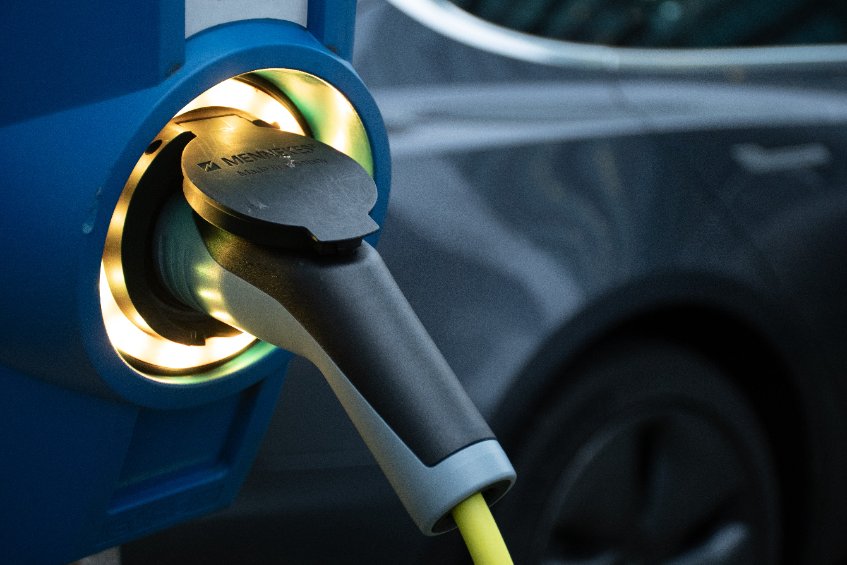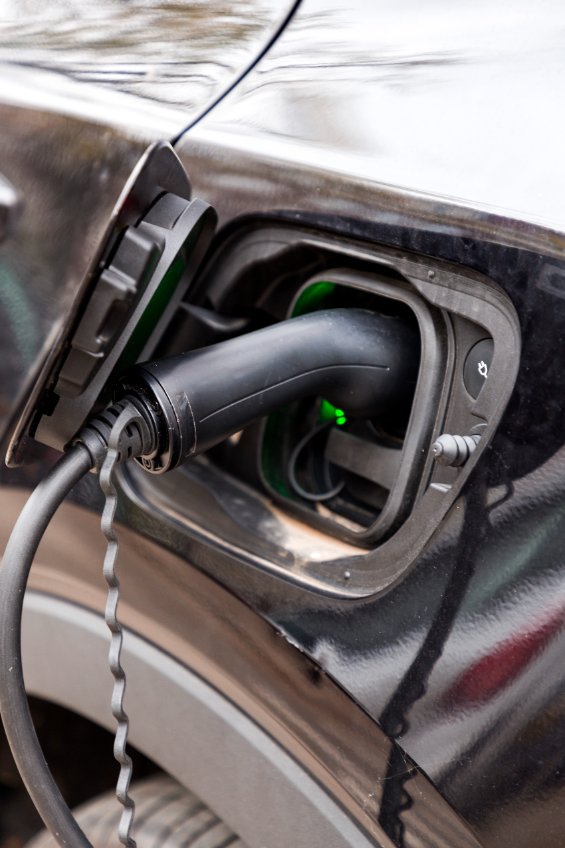What are the benefits of installing an electric charging station for your home or business?
We know the benefits of driving an electric vehicle. They improve fuel economy, lower fuel costs, and reduce emissions. Installing an EV car charging station at your home or business offers several additional advantages, including:
- Convenience
- Increased real estate property value
- Tax credits

How do I install an EV charging station?
Choose an experienced, licensed electrician.
Attempting to DIY an EV charging station could cause irreparable harm to you, your home, and your charger if a mistake is made. EV chargers must be installed on dedicated branch circuits and according to code. Without the security provided by an experienced, licensed electrician, you could fail a future electrical inspection or risk an electrical fire or interruption. An electrician will also need to handle load calculations, permit filling, and installation to ensure your EV charger is installed properly and safely for your purposes
Determine your charging needs.
Level 1 and Level 2 chargers are the most commonly used in most homes and businesses. A Level 1 charger uses the standard 3-prong household outlet found in most homes and offices already. Most EVs are sold with Level 1 chargers at no additional cost, and these can typically charge at a rate of 2─5 miles per hours. This “trickle charge” can be slow, taking up to 25 hours to fully charge an EV, but it is sufficient for most plug-in hybrid EVs.
A Level 2 charger operates much faster than Level 1, charging at a rate of 8─24 mph and requiring around 4─6 hours to fully charge an EV with a 100-mile battery. These require a 240-volt outlet, the type used by large appliances like electric stoves and dryers.

Identify upgrade requirements.
The charger you choose may require electrical upgrades, such as adding capacity to the electrical panel or upgrading electric service capacity. For example, a Level 1 charging station requires a dedicated 20-amp circuit and a regular 120-volt 3-pronged outlet while a Level 2 charging station requires at least a dedicated 40-amp circuit. Depending on your existing electrical system, you may need to upgrade to a new panel, reconfigure an existing panel, or add a subpanel or separate panel to meet your electrical demand. Each of these requires an electrical permit.
Choose the location for your EV charger.
You’ll need to consider several factors when choosing the location for your EV charger. Do you prefer wall-mounted or floor-mounted? How many ports do you require? Where is your main power source located? An experienced electrician can help you choose the most suitable location for your station based on all of these factors.
Install EV charger.
As you might expect, Level 1 chargers are the simplest to install. In most cases, it’s as easy as plugging the EV station into an outlet after your electrician makes any necessary electrical upgrades. Level 2 chargers will require permitting, wire running, and an inspection, which takes longer and costs more.
I want to charge my EV car from an existing outlet. Do I need to hire an electrician?
Absolutely. Even if you’re planning on using a Level 1 charger, you’ll want to check with your electrician to ensure that the existing outlet can support the load. Otherwise, you may plug your vehicle into an overloaded circuit or an outlet with old wiring. This could lead to serious damage to your home or business.
Reap all the rewards of your electric vehicle with a charging station installed by Fulton County electrical professionals.
For nearly fifty years, the Senzio family has offered full service electrical support to Fulton County. Our New York State licensed master electricians have the experience to provide a range of services, including charging station installation. Get in touch today to get the process going.



